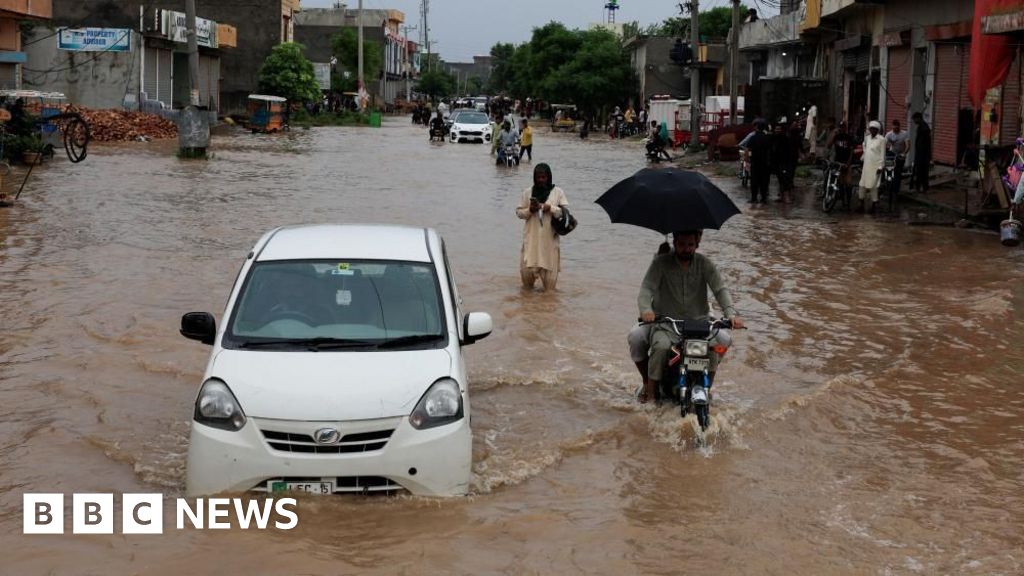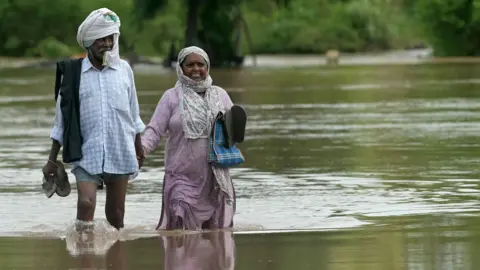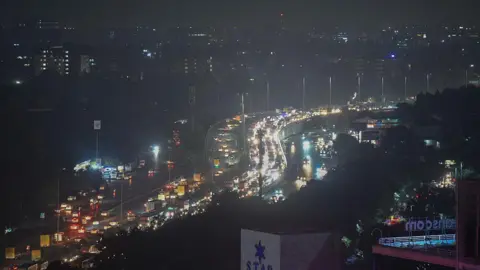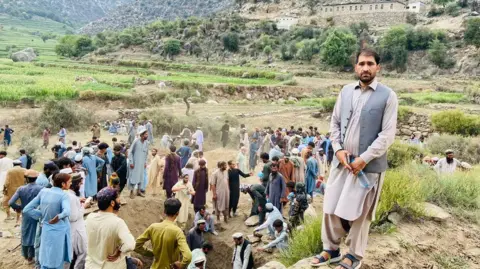As floods wreak havoc across Punjab, Pakistan, around 200,000 individuals have faced evacuation due to the emergency prompted by exceptional rainfalls from the Ravi, Sutlej, and Chenab rivers. Rescuers have been transferring residents to safety via boats amid alarming warnings from the National Disaster Management Authority about the potential dangers of remaining near the swelling water bodies. The government's response has seen military support mobilized in several districts as prime concern grows over speculations of impending floods due to water releases from India’s dams upstream.
Both nations have been afflicted with unprecedented rainfall, with the toll from monsoon rains exceeding 800 fatalities in Pakistan alone since June. Pakistan's Prime Minister, Shehbaz Sharif, emphasized the government's commitment to supporting regional authorities to avert flooding risks, especially in densely populated areas like Lahore and Sialkot.
Rescue efforts have documented instances of individuals, compelled to stay due to economic constraints, choosing to safeguard their property and livestock over evacuation. With history repeating itself, several residents express fears of repeated displacements, underlining the dire economic situation prevalent in Pakistan where over 40% of the populace lives below the poverty threshold.
Reports indicate that many residents of inundated areas remain stranded, despite available boat rescues which have already aided upwards of 32,000 people. As tensions escalate between the two neighboring nations, the situation remains precariously poised as residents vacillate between evacuation and home defense in a race against nature's fury.
Both nations have been afflicted with unprecedented rainfall, with the toll from monsoon rains exceeding 800 fatalities in Pakistan alone since June. Pakistan's Prime Minister, Shehbaz Sharif, emphasized the government's commitment to supporting regional authorities to avert flooding risks, especially in densely populated areas like Lahore and Sialkot.
Rescue efforts have documented instances of individuals, compelled to stay due to economic constraints, choosing to safeguard their property and livestock over evacuation. With history repeating itself, several residents express fears of repeated displacements, underlining the dire economic situation prevalent in Pakistan where over 40% of the populace lives below the poverty threshold.
Reports indicate that many residents of inundated areas remain stranded, despite available boat rescues which have already aided upwards of 32,000 people. As tensions escalate between the two neighboring nations, the situation remains precariously poised as residents vacillate between evacuation and home defense in a race against nature's fury.



















